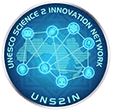
12 Courses
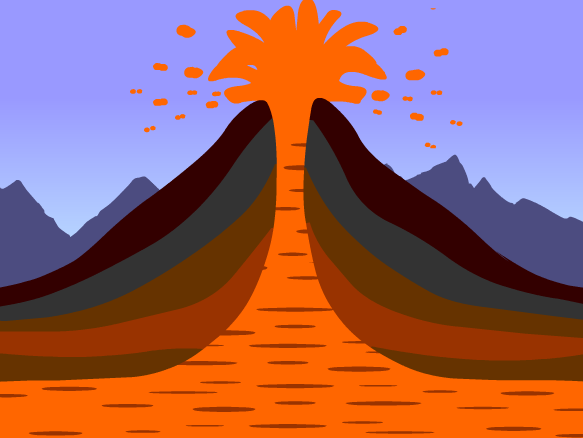
Volcanoes
Ka-BOOM! In this explosive , Tim and Moby introduce you to the volcanoes of the world. Discover the three types of volcano and learn why each one forms in different locations and under different conditions. You’ll also find why a volcanic eruption in one place can affect climates all over the world. Tim and Moby will show you why people actually choose to live on volcanic islands, and why places with the most volcanic activity aren’t necessarily the most dangerous! You’ll also learn about the Ring of Fire — which, contrary to popular belief, isn’t really burning! Sounds like a blast!
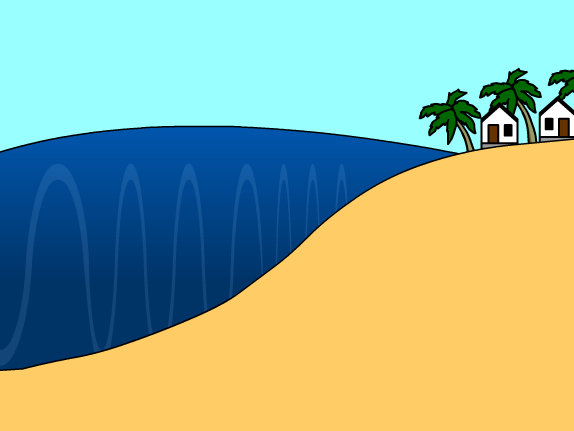
Tsunami
Tsunamis can be pretty powerful — and pretty scary. In this BrainPOP movie, Tim and Moby will introduce you to the mechanics of tsunamis, those colossal ocean waves. You’ll learn why tsunamis and tidal waves aren’t the same thing, as well as how the concept of a tsunami came about. Discover the different kinds of disturbances that can cause tsunamis, and how tsunamis can travel huge distances without even making a stir on the ocean surface. Plus, you’ll find out what happens when tsunami waves hit a continental shelf. Let’s hope this is the closest you get to one of these ocean beasts!
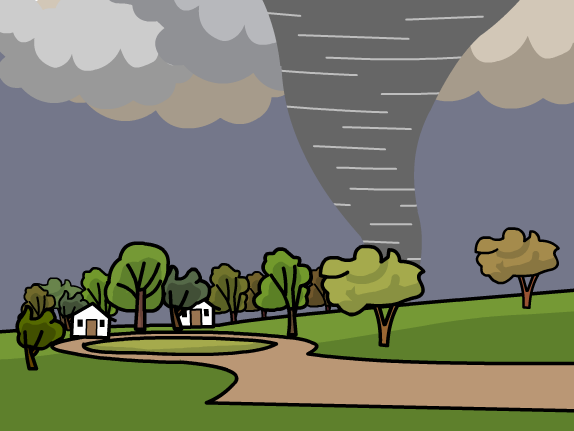
Tornadoes
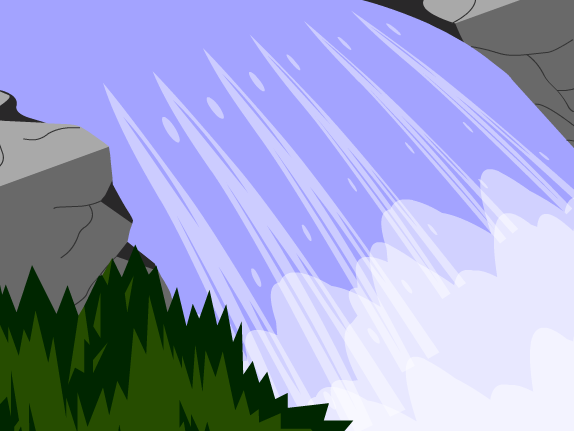
Floods
What happens when dry land gets soaked with water? In this BrainPOP movie, Tim and Moby discuss one of the most common natural disasters: flooding. You’ll learn about the earth’s ability to soak up water like a sponge, and why it sometimes gets overwhelmed. Discover what geographic areas are most susceptible to flooding, and what people living in those places do to protect themselves. You’ll also learn about floodwater--what’s floating around in there that makes it such a toxic soup? Most of Hurricane Katrina’s destruction was caused by flooding after the storm had already passed. Find out how storm surges from hurricanes, tides, tsunamis, and earthquakes can lead to watery nightmare!
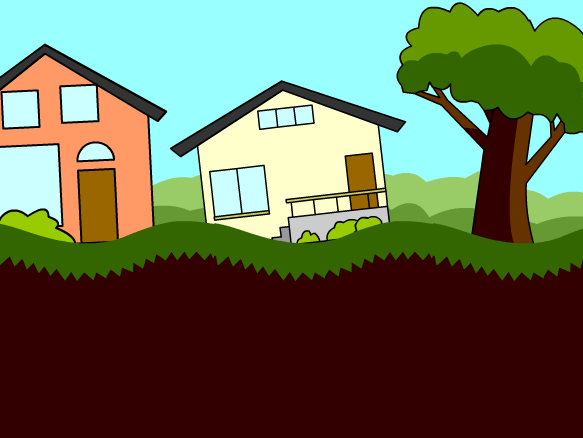
Earthquakes
Did you feel that? Earthquakes can be so small that you can barely feel them — or they can be so strong that they topple buildings. In this BrainPOP movie, Tim and Moby introduce you to the mechanics of earthquakes. They’ll tell you why earthquakes happen and what plates, faults, and waves have to do with it all. You’ll learn why the crust of the earth isn’t as stable as it seems; what can happen on a fault line; and the names for the three types of seismic waves. You’ll also find out how scientists use seismographs to measure the strength of earthquakes. Take cover!
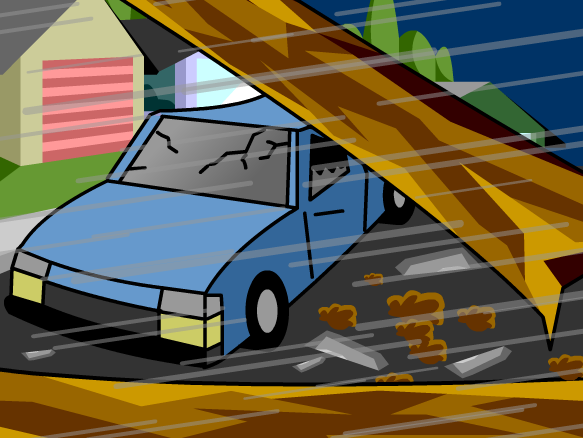
Natural Disasters
Hurricanes, tsunamis, earthquakes, tornadoes — the world is full of natural hazards. In this BrainPOP movie on such disasters, Tim and Moby teach you about the factors that bring about these events, as well as how much devastation they can cause. You’ll learn about 10 different types of disasters and find out things like how underwater earthquakes cause tsunamis, how underground molten rock forms volcanoes, and how hurricanes pick up speed and strength as they move over warm water. Tim and Moby also tell you the importance of maintaining a family emergency plan, just in case disaster strikes. Are you ready for the next big one?
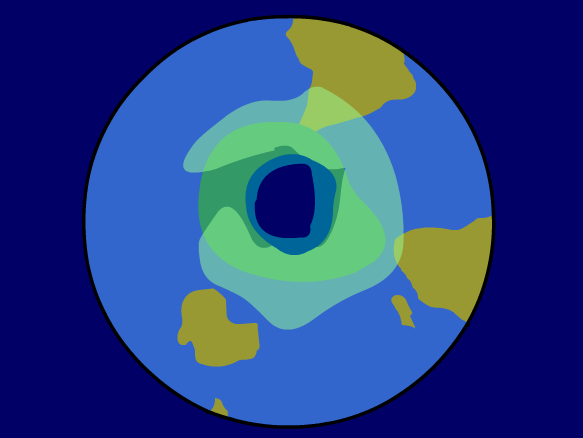
Ozone Layer
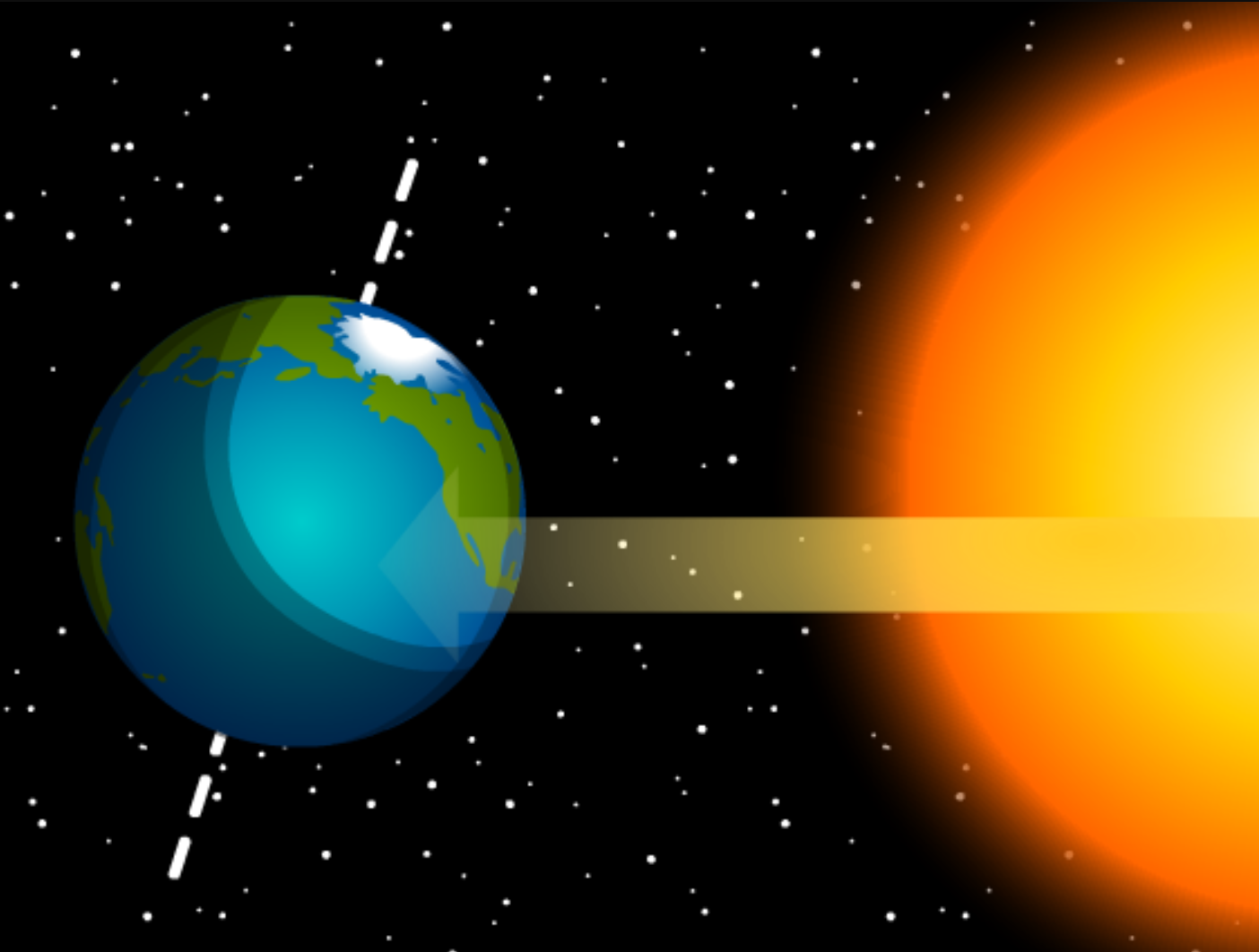
Solstice and Equinox
Every season has a beginning--and those beginnings are the solstices and the equinoxes! In this BrainPOP movie, Tim and Moby identify the first days of spring, summer, fall, and winter. From the vernal equinox to the summer solstice to the autumnal equinox to the winter solstice, you’ll follow the sun’s changing paths across the sky from one season to the next. Explore how the tilt of the earth’s axis leads to longer and shorter days, as well as some wacky effects at the equator and the poles. Learn where the words “equinox” and “solstice” actually come from, and see why the Northern and Southern Hemispheres have opposite seasons. Finally, discover why so many cultures around the world celebrate the solstices and equinoxes as holidays!

Tides
What’s the best time to build a sandcastle? Tim and Moby can help you figure that out as they introduce you to tides. In this BrainPOP movie, you’ll learn how the Earth, moon, and sun all work together to cause shifts in the Earth’s main bodies of water. You’ll discover how tides can be used to power machinery and make electricity! You’ll also find out why most water-lined places have two high tides and two low tides every day. Okay, so your sandcastle still won’t last forever, but you might get a few more hours out of it!
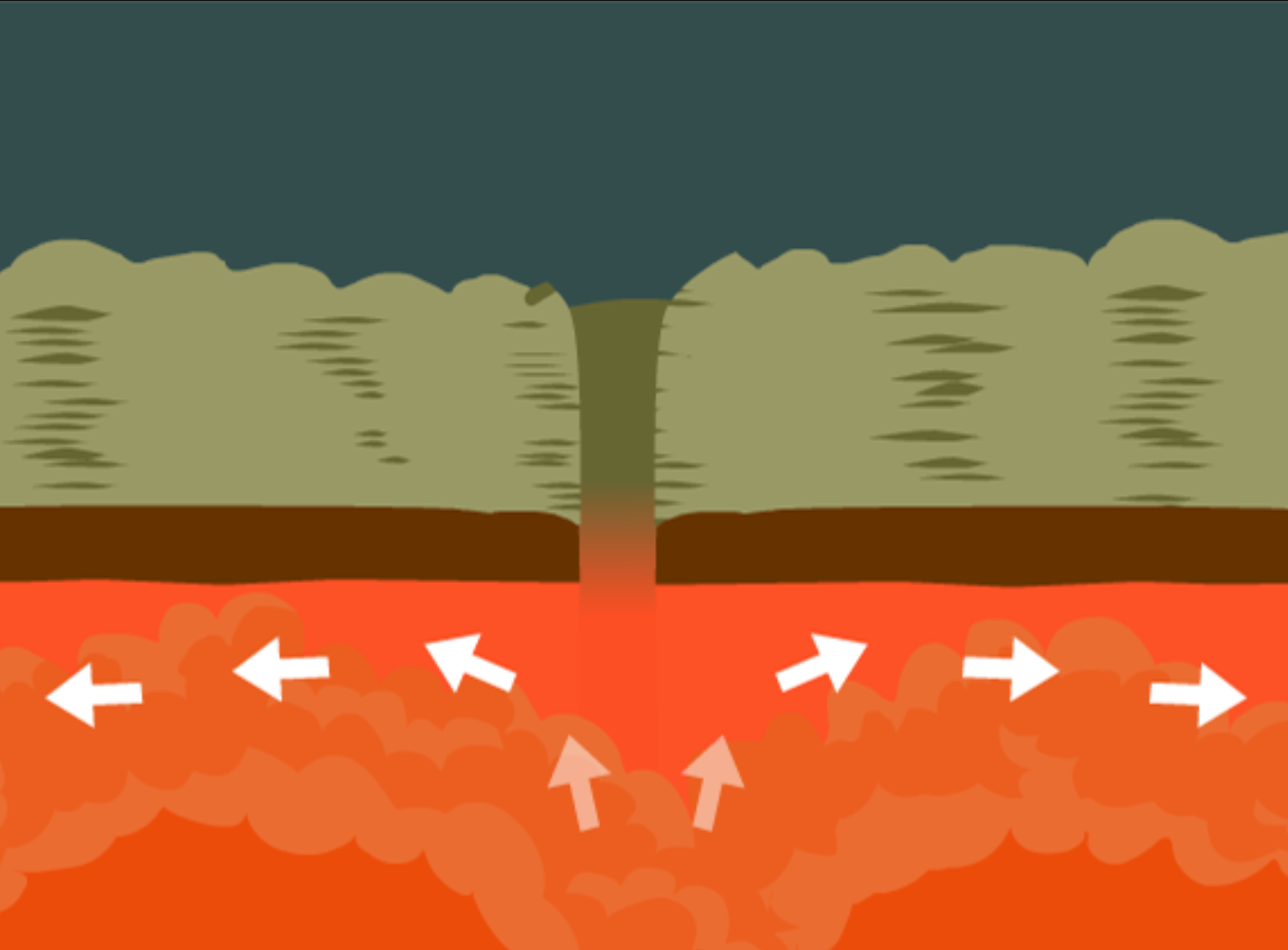
Plate Tectonics
There's a continent called Pangaea?! Well, there once was. Hundreds of millions of years ago, Earth looked completely different from how it does today. All of the land was packed into a single supercontinent. Geologist Alfred Wegener theorized that this giant landmass split into chunks and slowly drifted apart. Rejected at first by the scientific community, Wegener's theory of continental drift eventually was proved correct: The earth's crust is split up into dozens of pieces called tectonic plates, which "float" on top of the mantle. Warmed by the blazing-hot core, the mantle churns in circular convection currents, dragging tectonic plates along for the ride. Today, plate tectonics is the unifying theory of the entire field of geology. It explains the rock cycle, the origin of Earth's surface features, and the cause of seismic activity, such as earthquakes and volcanoes. Get the drift? Watch this movie to learn more!
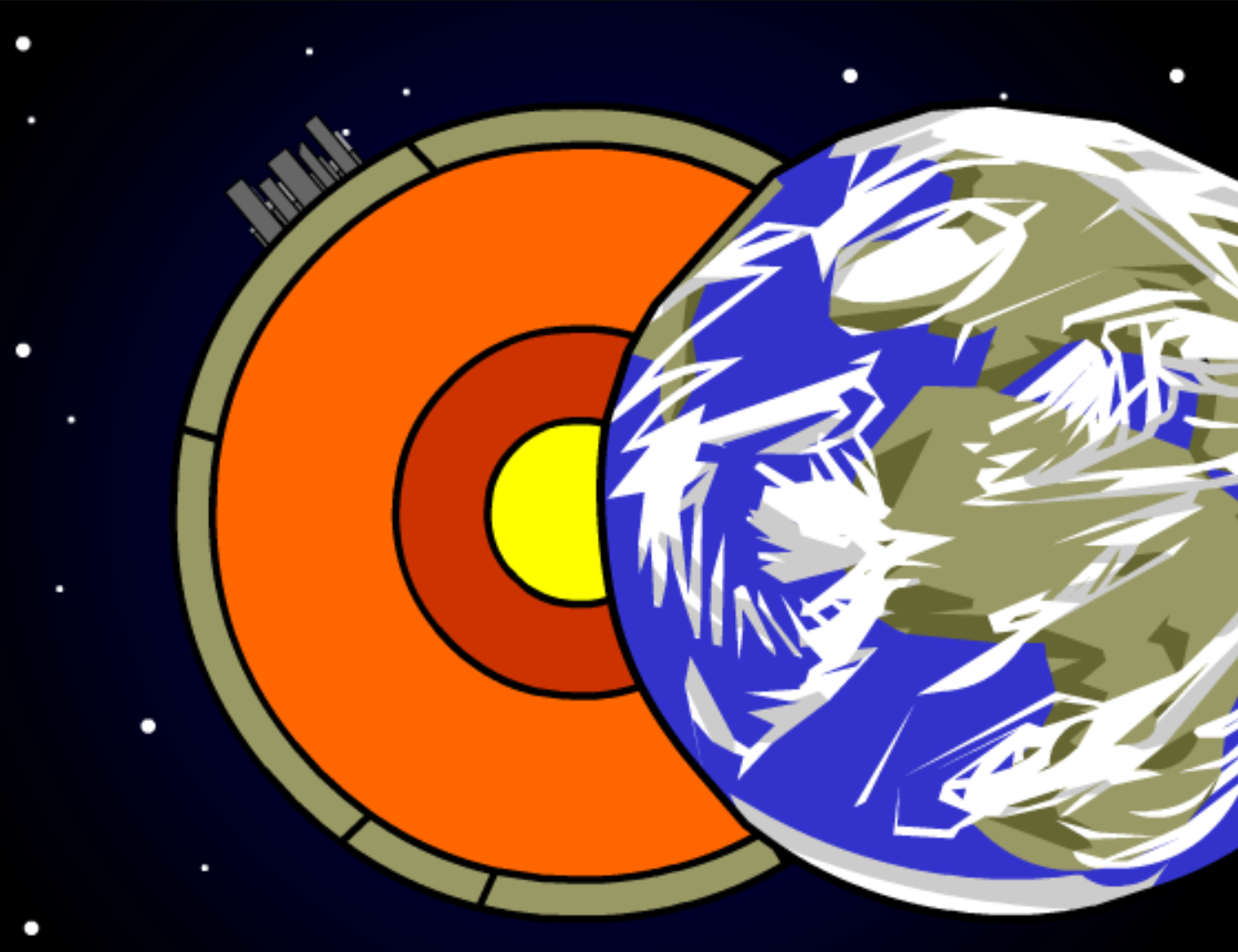
Earth's Structure
Ready to dig to the other side of the earth? Not so fast! In this BrainPOP movie, Tim and Moby introduce you to the composition and structure of our home planet. Find out about the three layers of the earth, the elements thought to make up those layers, and what’s really at the center (hint: it’s not gooey). You’ll also learn how scientists study earthquake waves to figure out what exactly that lies beneath our little feet! Pick up a shovel if you must, but don’t forget to stop for dinner!
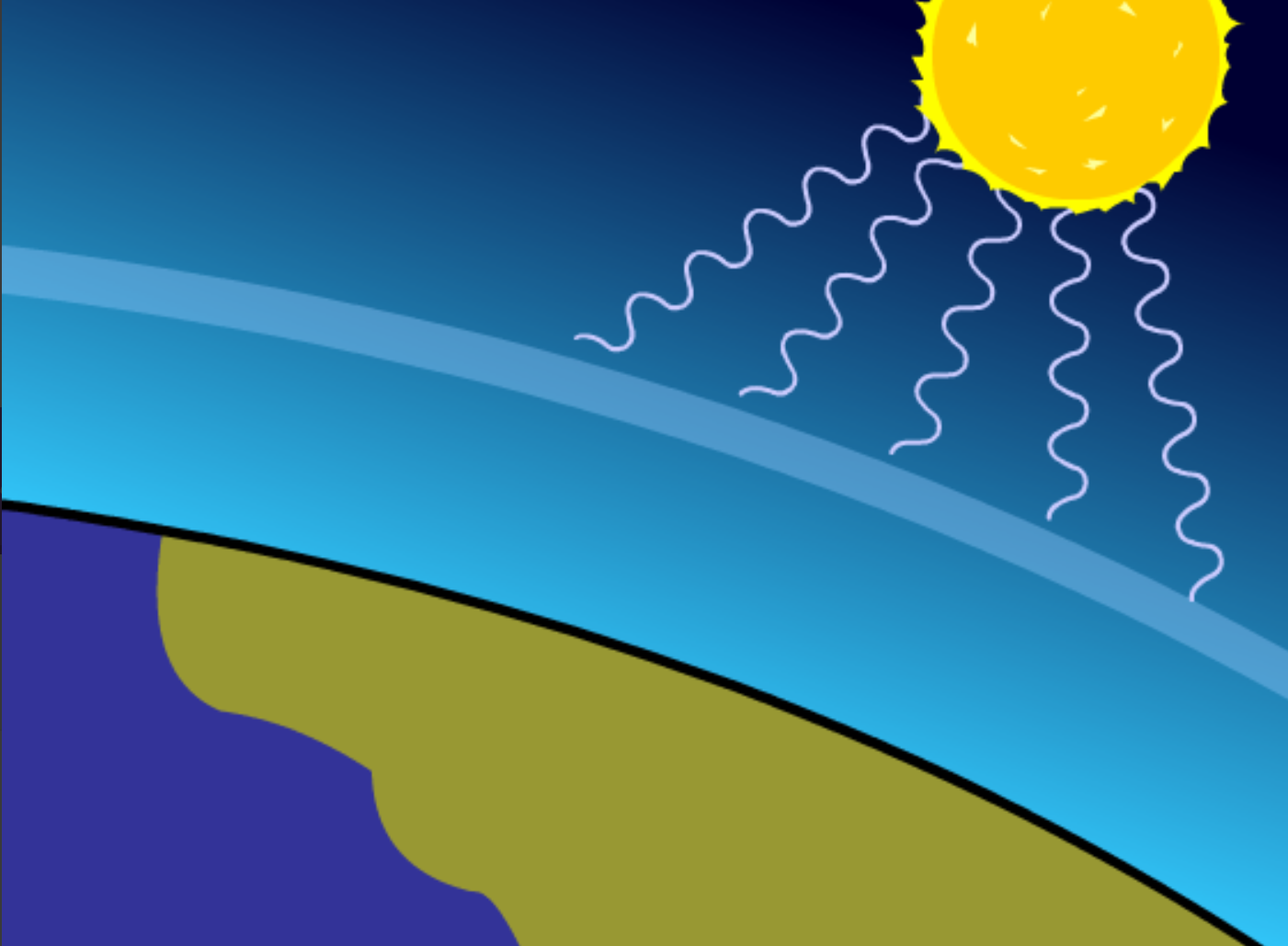
Earth's Atmosphere
Ever wonder what makes up the air around you? In this BrainPOP movie, Tim and Moby teach you all about the invisible gas that supports life on Earth. You’ll learn what the major gases of the atmosphere are, and how our atmosphere is divided into different layers. Take a ride to the top to see just how many layers there are, and what makes each one unique. Watch and learn what the layer down at the surface of the planet is called. Discover where ozone is located, and how it helps protect life down below! Finally, if you didn’t already know, Tim will tell you the truth about why the sky is blue!
